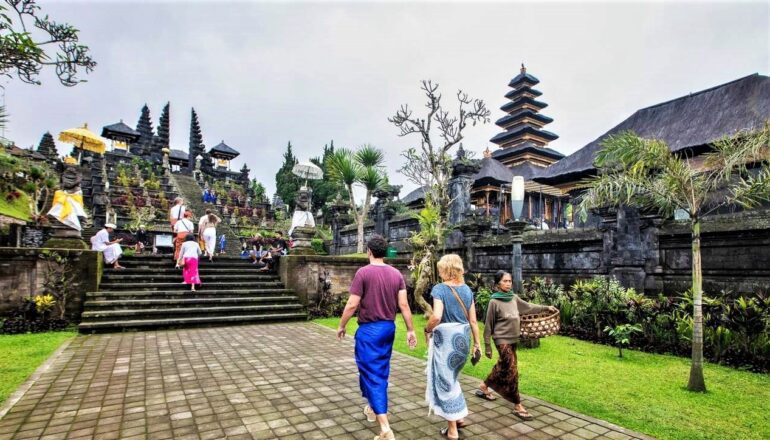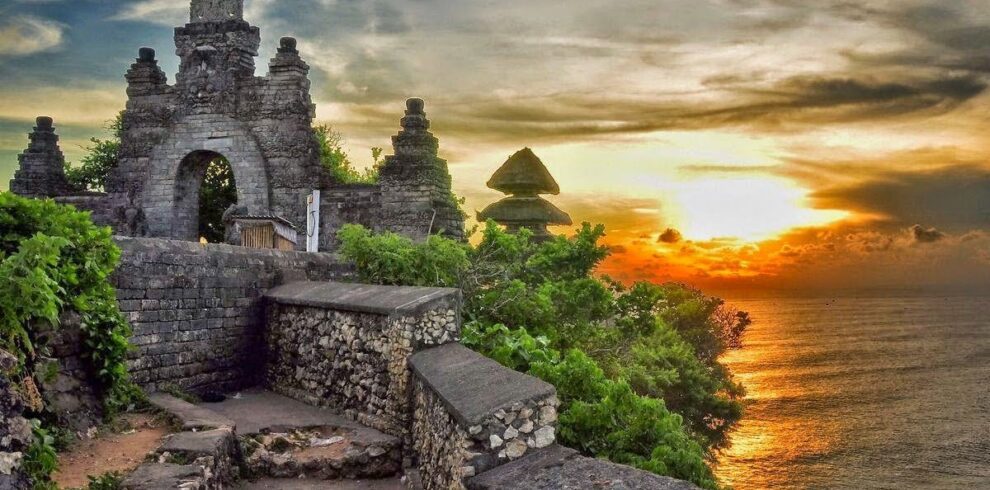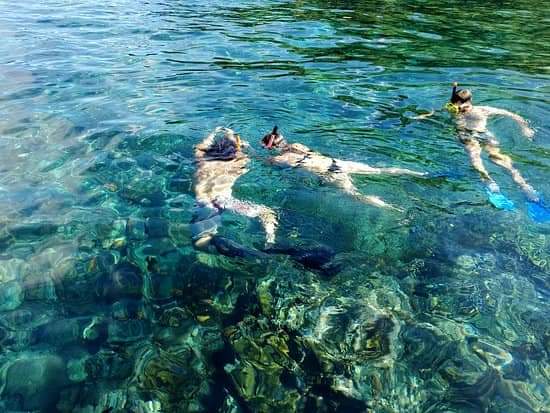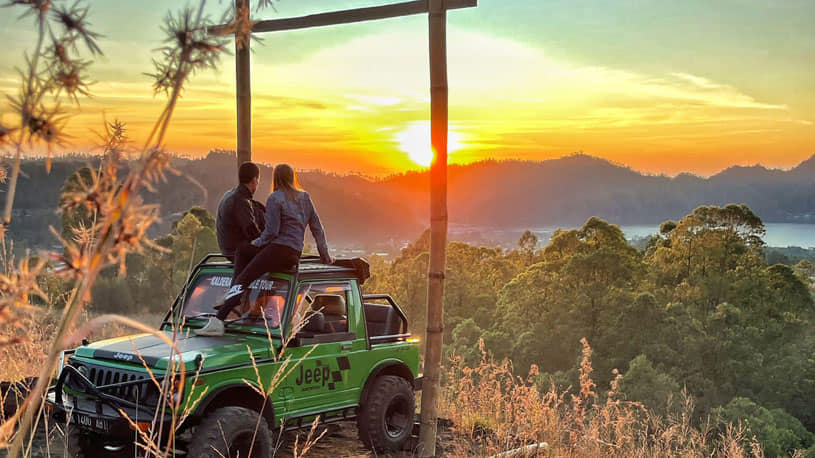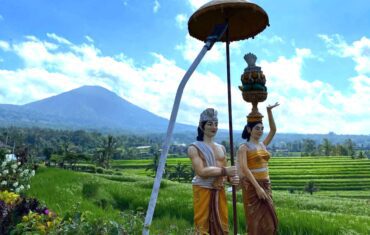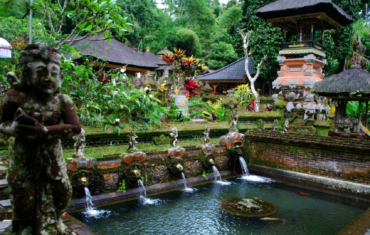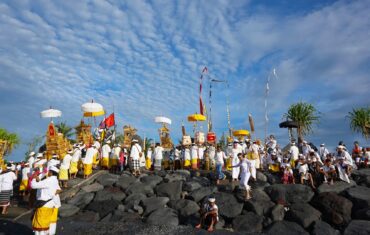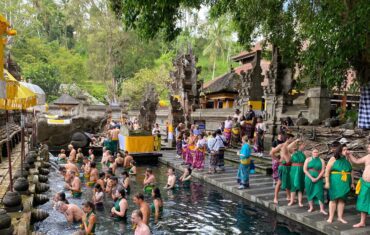Bali, the famed “Island of the Gods,” is home to thousands of temples. Among them, Besakih Temple Bali stands as the largest, holiest, and most important. Nestled on the slopes of Mount Agung, Bali’s highest volcano, Besakih Temple offers a profound spiritual experience. Travelers seeking cultural insight, stunning landscapes, and a deep connection with Bali’s spiritual life should not miss a visit here.
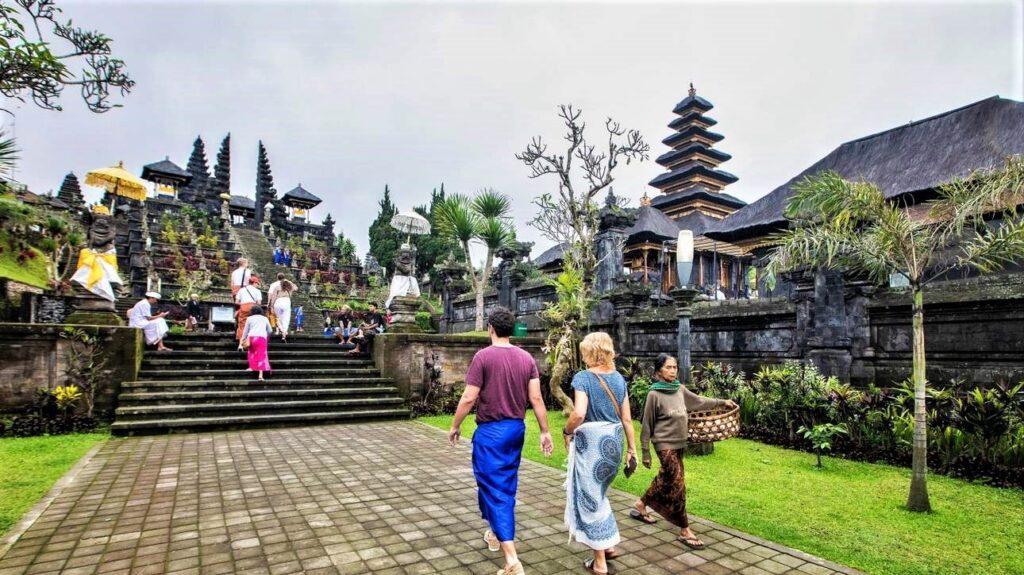
In this guide, we explore the history, architecture, ceremonies, how to get there, travel tips, and nearby attractions of Besakih Temple. By the end of this article, you’ll have all the information you need to plan an unforgettable trip.
Besakih Tour: Explore Ubud and Mother Temple: Bali Full-Day Tour
1. The Significance of Besakih Temple
1.1 Why Is Besakih Called the Mother Temple?
Besakih Temple is known as Pura Besakih, or The Mother Temple of Bali. It holds this title because it is the largest and most revered temple on the island. For centuries, Besakih has been the center of Balinese spiritual life. It unites the island’s diverse Hindu sects, symbolizing religious harmony and spiritual unity.
1.2 Location and Sacred Setting
The temple complex is located 1,000 meters above sea level on the southwestern slopes of Mount Agung. The mountain itself is considered the most sacred place on Bali, believed to be the home of the gods. Besakih’s elevated position offers breathtaking views of rice fields, hills, and distant mountains.
2. History of Besakih Temple
2.1 Ancient Origins
The history of Besakih Temple dates back over 1,000 years. Historians believe that Besakih started as a prehistoric sanctuary. Archaeological remains show that ancient animist rituals took place here long before the introduction of Hinduism.
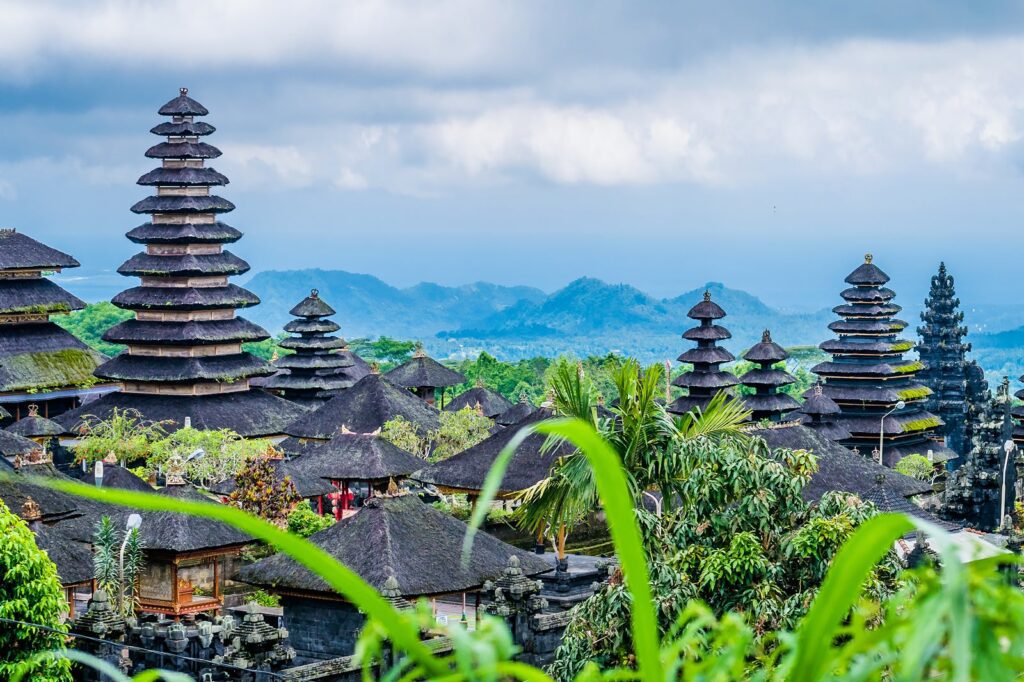
2.2 The Rise of Hinduism and Besakih’s Expansion
When Hinduism arrived in Bali in the 8th century, Besakih became a significant Hindu site. The Javanese priest Rsi Markandeya is credited with establishing the central temple, Pura Penataran Agung Besakih. According to legend, he brought holy water, five metals, and precious stones from Java, planting them on Mount Agung. This act consecrated the land and gave birth to Besakih Temple.
2.3 Surviving Natural Disasters
Besakih Temple has survived multiple volcanic eruptions, including the catastrophic eruption of Mount Agung in 1963. Lava flows missed the temple complex by mere meters, which the Balinese interpret as a miraculous sign of divine protection.
3. Architecture of Besakih Temple Complex
3.1 A Grand Complex of 86 Temples
Besakih Temple isn’t a single temple—it’s a complex of 86 temples. Each temple serves different purposes and caters to various clans and communities.
The most important are:
- Pura Penataran Agung Besakih: The main temple, dedicated to Shiva, the Supreme God.
- Pura Batu Madeg: Dedicated to Vishnu.
- Pura Kiduling Kreteg: Honoring Brahma.
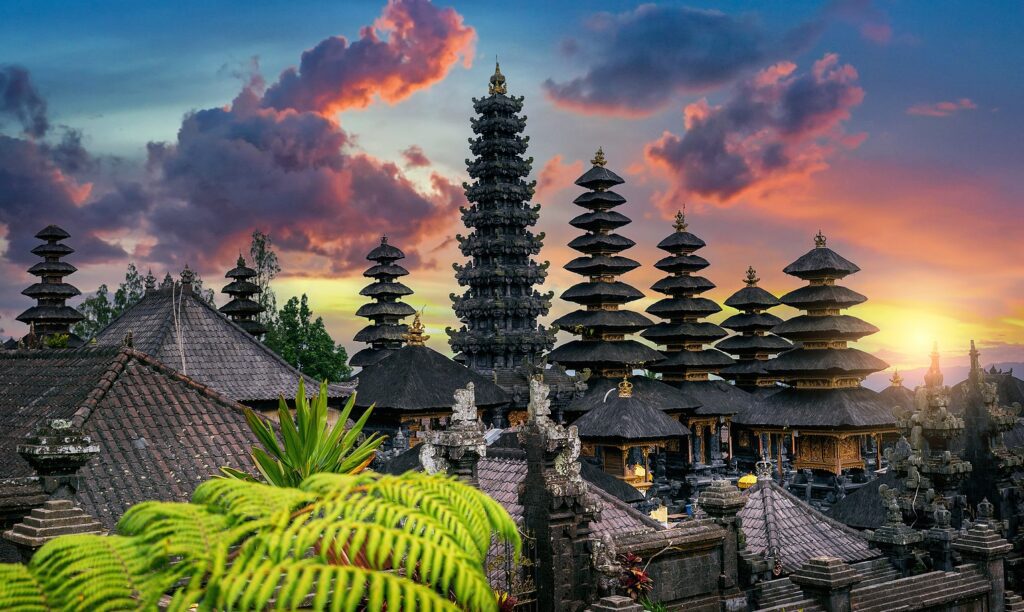
3.2 Hierarchical Layout and Symbolism
Besakih’s architecture follows the Balinese concept of Tri Hita Karana, emphasizing the harmony between humans, nature, and the divine. The complex is arranged in seven terraces, with the most sacred areas at the top. The structures include:
- Meru towers: Multi-tiered shrines representing Mount Meru, the axis of the universe.
- Padmasana shrines: Empty thrones for the supreme deity, Sang Hyang Widhi Wasa.
Each temple has courtyards, gates, and staircases that symbolize the journey toward enlightenment.
3.3 Unique Design Features
You will notice:
- Candi bentar (split gates): Mark the entrance.
- Kori agung gates: Towering gates that lead to the temple’s inner sanctum.
- Stone carvings, guardian statues, and elaborate offerings everywhere you look.
4. Religious Practices and Ceremonies
4.1 Daily Worship
Besakih remains an active place of worship, with daily rituals performed by priests and local villagers. Visitors can often witness these offerings of flowers, rice, incense, and holy water.
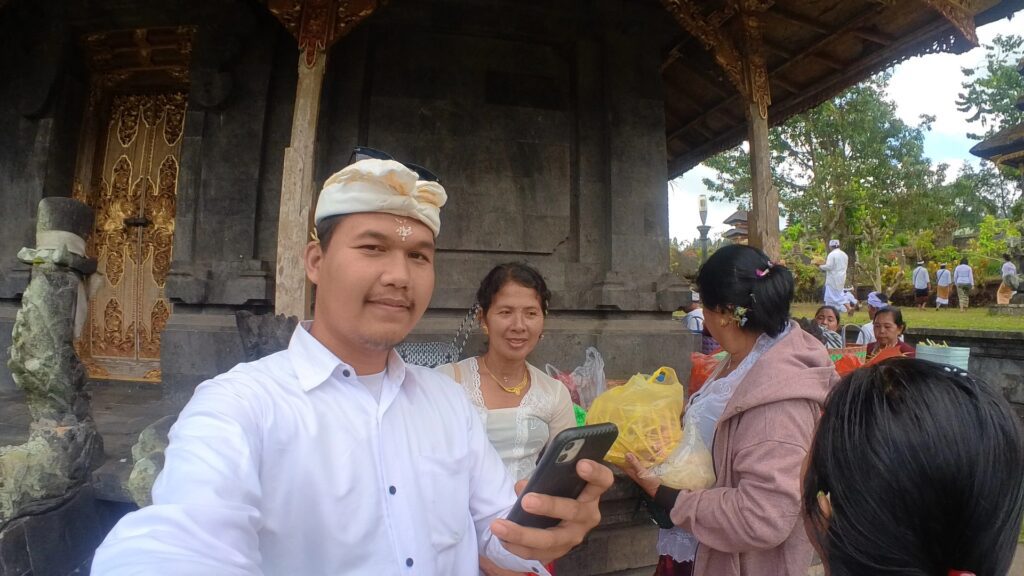
4.2 Major Ceremonies
- Odalan Festival: Each temple celebrates its anniversary every 210 days according to the Pawukon calendar.
- Panca Wali Krama: Occurring every 10 years, this major ceremony seeks cosmic balance.
- Eka Dasa Rudra: Held once every 100 years, it is the largest purification ritual. The last one was in 1979.
4.3 Pilgrimage Site for All Balinese Hindus
Every Balinese Hindu is expected to make a pilgrimage to Besakih Temple at least once in their life. It is a powerful act of devotion and part of Bali’s religious obligations.
5. How to Visit Besakih Temple
5.1 Getting There
- Location: Besakih Village, Rendang District, Karangasem Regency.
- Distance from Ubud: About 40 kilometers (2-hour drive).
- Distance from Kuta: Around 60 kilometers (2.5-hour drive).
The easiest way to reach Besakih is by private driver or guided tour. Public transportation is limited in the area.
5.2 Opening Hours and Entrance Fees
- Opening hours: 8:00 AM to 6:00 PM daily.
- Entrance fee: Approximately IDR 60,000 (subject to change).
- Sarong rental: Included in the ticket price.
A local guide is often included but always confirm the fee to avoid misunderstandings.
6. Travel Tips for Visiting Besakih Temple
6.1 Dress Modestly and Respect Traditions
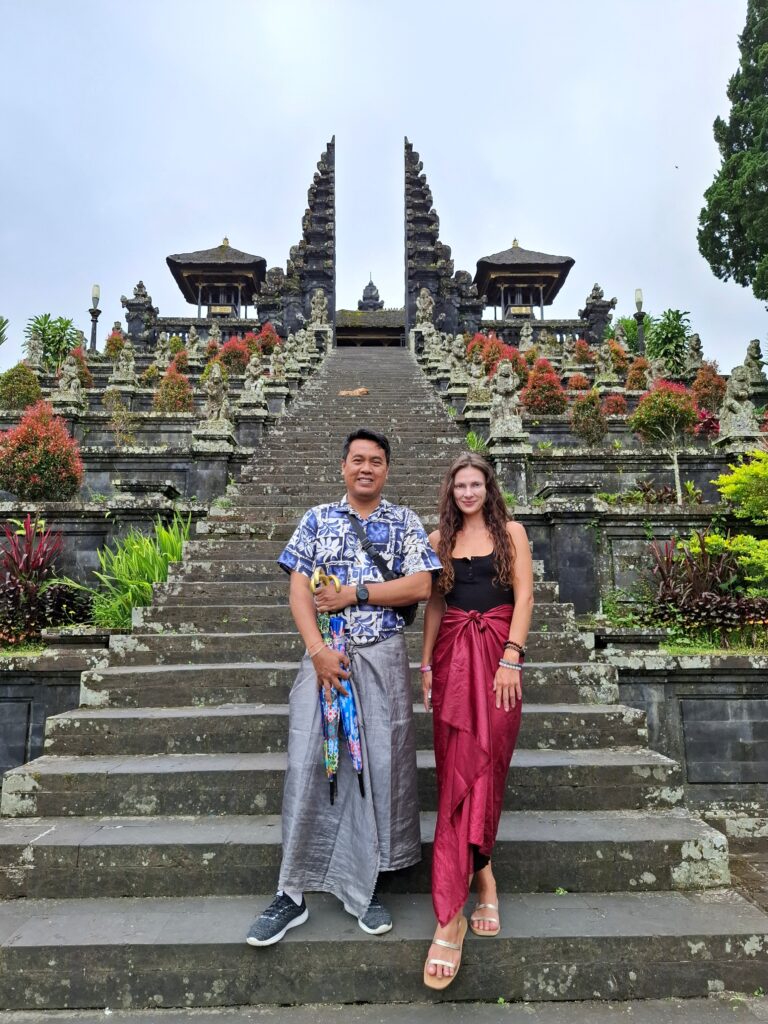
Visitors must wear a sarong and sash. Women who are menstruating are traditionally not allowed to enter temple grounds.
6.2 Hire an Official Guide
Some locals may offer to guide you for a fee. Always choose official guides at the entrance. They provide authentic and accurate information.
6.3 Best Time to Visit
- Morning visits are best for cooler temperatures and clearer views.
- Visit during ceremonies for an immersive experience, but expect large crowds.
6.4 Be Prepared for Walking
The complex is large and built on steep terraces. Wear comfortable shoes, bring water, and prepare for lots of climbing.
7. Nearby Attractions to Explore After Besakih Temple
7.1 Mount Agung Trekking
If you’re adventurous, consider a Mount Agung sunrise trek. The hike is challenging but offers stunning sunrise views from Bali’s highest point.
7.2 Tukad Cepung Waterfall
This hidden waterfall lies within a cave, creating magical light rays. It’s about a 1-hour drive from Besakih Temple.
7.3 Tirta Empul Holy Water Temple
Visit Tirta Empul, where locals perform purification rituals. The holy spring water pools are believed to cleanse the body and soul.
7.4 Sidemen Valley
Relax in Sidemen Valley, famous for its terraced rice fields, traditional villages, and unspoiled nature. It’s a quiet alternative to the busy south of Bali.
8. Cultural Insights at Besakih Temple
8.1 Balinese Hinduism and Besakih
Besakih Temple embodies the core of Balinese Hinduism. The Trimurti of Brahma, Vishnu, and Shiva are honored here, emphasizing cosmic balance.
8.2 Spiritual Etiquette
Be respectful. Don’t:
- Climb on shrines.
- Enter inner courtyards during private ceremonies.
- Use flash photography during rituals.
Balinese people appreciate polite behavior, smiles, and genuine interest in their culture.
9. Personal Experience: What It Feels Like to Visit Besakih Temple
Standing on the temple terraces, with Mount Agung towering above and clouds drifting by, you feel a deep spiritual connection. The sound of chanting priests, the aroma of incense, and the sight of colorful offerings create an unforgettable atmosphere.
As you explore the ancient stone paths, the history, mythology, and sacredness of Besakih come alive. It’s easy to see why this place has been at the center of Balinese spirituality for centuries.
10. Conclusion: Why You Should Visit Besakih Temple
Visiting Besakih Temple is more than a sightseeing trip. It’s an opportunity to experience the spiritual heart of Bali. The temple’s grand architecture, rituals, and setting on the slopes of Mount Agung create a powerful, moving experience.
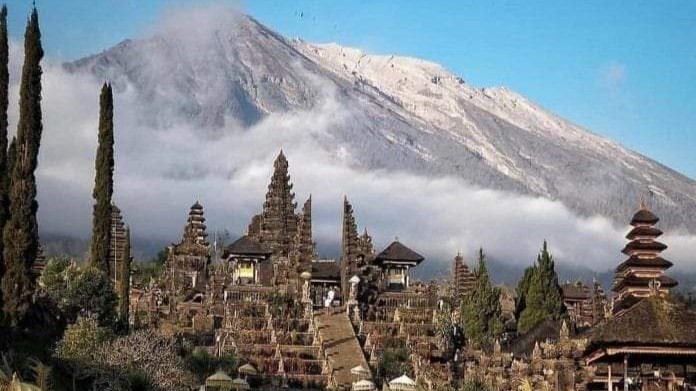
Whether you’re drawn by curiosity, spirituality, or history, Besakih Temple offers a deeper understanding of Bali’s unique culture.
11. FAQs about Besakih Temple
11.1 Is Besakih Temple Safe to Visit?
Yes. However, Mount Agung is an active volcano, so check volcano warnings before visiting.
11.2 Do I Need a Guide at Besakih Temple?
A guide is optional, but recommended for deeper insight and to navigate the large complex.
11.3 How Long Should I Spend at Besakih Temple?
Plan for 2 to 3 hours to explore thoroughly.
11.4 What Should I Wear?
Modest clothing, a sarong, and a sash are mandatory. These are often provided at the entrance.
Final Thoughts
Besakih Temple is a must-see destination for anyone visiting Bali. Its combination of spiritual depth, historic significance, and natural beauty makes it one of the most memorable places on the island.
Plan ahead, be respectful, and immerse yourself in the timeless tradition that makes Besakih Temple the Mother Temple of Bali.
Read here: Tubing Adventure Through the Japanese Colonial Era Cave and Canal
The Best Trip Destination
Bali, Indonesia, beckons with its diverse allure. Explore Ubud’s cultural treasures, witness the iconic Tanah Lot Temple at sunset, and surf the waves of Kuta Beach. Discover the scenic beauty of Tegallalang Rice Terraces and embrace the lively atmosphere of Seminyak. Dive into the underwater wonders of Amed, relax on the pristine shores of Nusa Dua, and wander through ancient temples in the heart of Bali. Whether seeking vibrant nightlife, serene landscapes, or cultural richness, Bali’s enchanting destinations cater to every traveler’s desire.
Ubud (14 Trips)
Eastern Bali (7 Trips)
Southern Bali (5 Trips)
Northern Bali (5 Trips)
Nusa Penida Island (4 Trips)
Western Bali (4 Trips)
The Best Activities In Bali
Indulge in Bali’s diverse activities, from surfing the waves in Kuta to exploring cultural treasures in Ubud. Snorkel vibrant coral reefs in Amed, trek lush rice terraces, and rejuvenate in serene spa retreats. Dive into the lively nightlife of Seminyak, witness traditional dance performances, and sample local delicacies in bustling markets. Whether it’s hiking Mount Batur for a sunrise vista or embracing the spiritual ambiance of ancient temples, Bali offers a kaleidoscope of experiences for every traveler’s passion.

